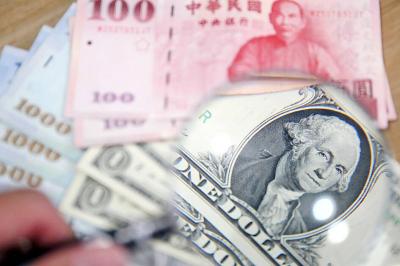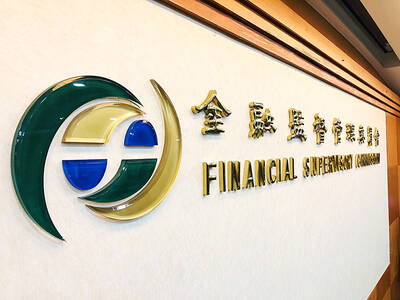Hydropower has always been considered the cleanest form of power generation, but a research paper published in Taiwan yesterday showed that hydropower contributes to global warming.
According to the study conducted across Southeast Asia by the National Sun Yat-sen University and the National Central University, hydropower causes much more global warming than coal or oil-fired power stations.
"Hydropower has always been considered the cleanest form of power generation. But as dams prevent organic matters from flowing down stream, organic matters trapped at the bottom of reservoirs are deprived of the oxygen they need to decompose, thus producing methane and nitrous oxide," Professor Chen Chen-tong (陳鎮東) of the National Sun Yat-sen University said.
Chen said methane and nitrous oxide have different effects on global warming.
"One ton of methane equals 21 tons of carbon dioxide and one ton of nitrous oxide equals 200 tons of carbon dioxide," he said.
Chen warned that China's Three Gorges Dam will produce serious global-warming effects because the dam has blocked 75 percent of the organic matters from flowing downstream.
The Three Gorges Dam built in the middle reaches of the Yangtze River, began operation on May 20.
The dam, the world's largest, is 185m high, 2,309m long and 8m wide at the top, and can produce 18.2kw of electricity each year.
Chen and his team spent three years studying rivers, lakes and reservoirs across Southeast Asia, to evaluate the impact of reservoirs on global warming.

The US dollar was trading at NT$29.7 at 10am today on the Taipei Foreign Exchange, as the New Taiwan dollar gained NT$1.364 from the previous close last week. The NT dollar continued to rise today, after surging 3.07 percent on Friday. After opening at NT$30.91, the NT dollar gained more than NT$1 in just 15 minutes, briefly passing the NT$30 mark. Before the US Department of the Treasury's semi-annual currency report came out, expectations that the NT dollar would keep rising were already building. The NT dollar on Friday closed at NT$31.064, up by NT$0.953 — a 3.07 percent single-day gain. Today,

‘SHORT TERM’: The local currency would likely remain strong in the near term, driven by anticipated US trade pressure, capital inflows and expectations of a US Fed rate cut The US dollar is expected to fall below NT$30 in the near term, as traders anticipate increased pressure from Washington for Taiwan to allow the New Taiwan dollar to appreciate, Cathay United Bank (國泰世華銀行) chief economist Lin Chi-chao (林啟超) said. Following a sharp drop in the greenback against the NT dollar on Friday, Lin told the Central News Agency that the local currency is likely to remain strong in the short term, driven in part by market psychology surrounding anticipated US policy pressure. On Friday, the US dollar fell NT$0.953, or 3.07 percent, closing at NT$31.064 — its lowest level since Jan.

The New Taiwan dollar and Taiwanese stocks surged on signs that trade tensions between the world’s top two economies might start easing and as US tech earnings boosted the outlook of the nation’s semiconductor exports. The NT dollar strengthened as much as 3.8 percent versus the US dollar to 30.815, the biggest intraday gain since January 2011, closing at NT$31.064. The benchmark TAIEX jumped 2.73 percent to outperform the region’s equity gauges. Outlook for global trade improved after China said it is assessing possible trade talks with the US, providing a boost for the nation’s currency and shares. As the NT dollar

The Financial Supervisory Commission (FSC) yesterday met with some of the nation’s largest insurance companies as a skyrocketing New Taiwan dollar piles pressure on their hundreds of billions of dollars in US bond investments. The commission has asked some life insurance firms, among the biggest Asian holders of US debt, to discuss how the rapidly strengthening NT dollar has impacted their operations, people familiar with the matter said. The meeting took place as the NT dollar jumped as much as 5 percent yesterday, its biggest intraday gain in more than three decades. The local currency surged as exporters rushed to